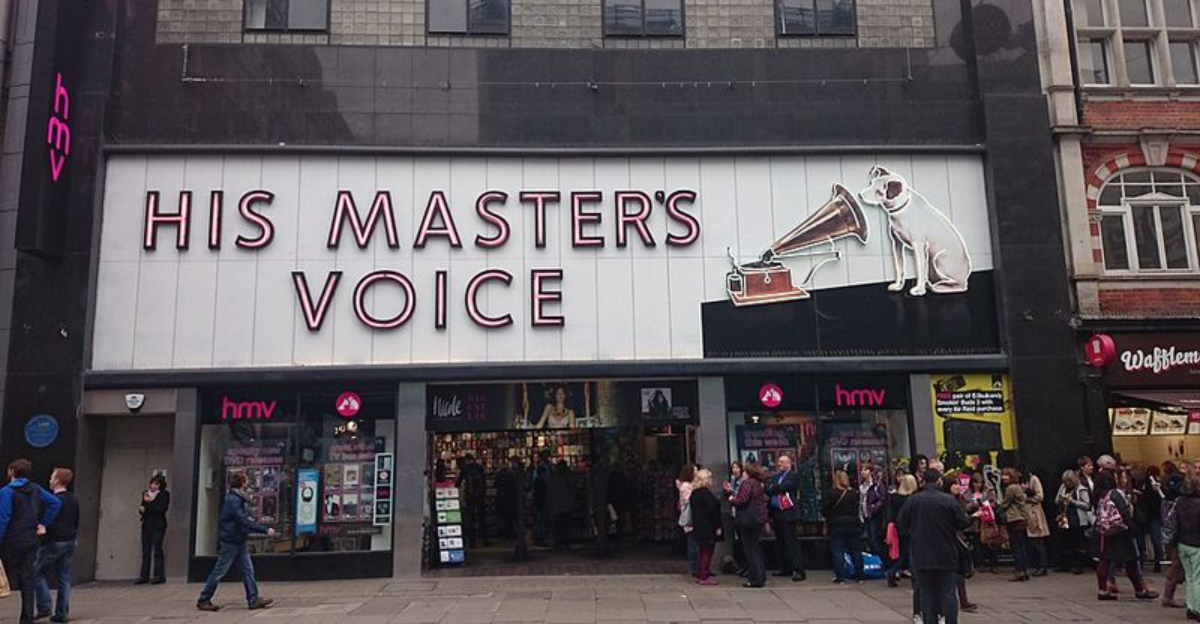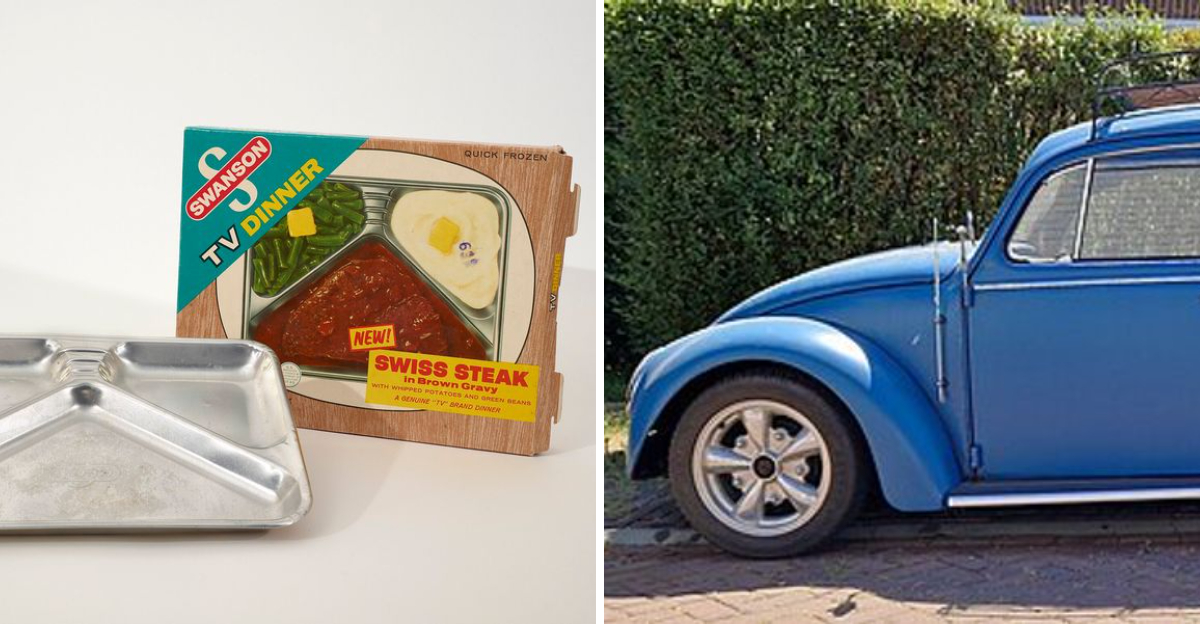20 Vintage Household Items That Are No Longer In Production
Cassette clicks once ruled the soundtrack of life, each rewind humming with anticipation. Families huddled close to boxy TVs, popcorn popping and laughter echoing through living rooms scented with butter and static.
Those gadgets – chunky, whirring, full of charm – turned ordinary nights into small adventures. Buttons, knobs, and neon lights defined comfort before touchscreens took over.
Some treasures fade, but their hum still lingers like ghosts of simpler joy. Join us on a nostalgic journey through household treasures that shaped our daily lives but now live only in memories and attics.
1. Kodak Carousel Slide Projector
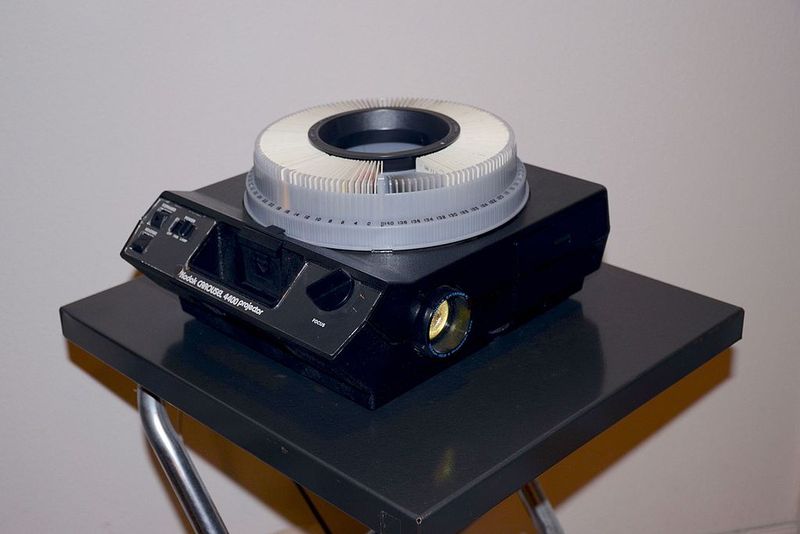
Before Instagram stories, families huddled in darkened living rooms watching vacation slides click past on the wall. The Carousel made sharing memories a theatrical event, complete with the satisfying ka-chunk of advancing trays.
Kodak stopped making these beloved projectors in 2004, ending an era that began in 1961. Nowadays, those dusty slide boxes sit forgotten while digital albums scroll endlessly on phones.
2. 8-Track Tape Player
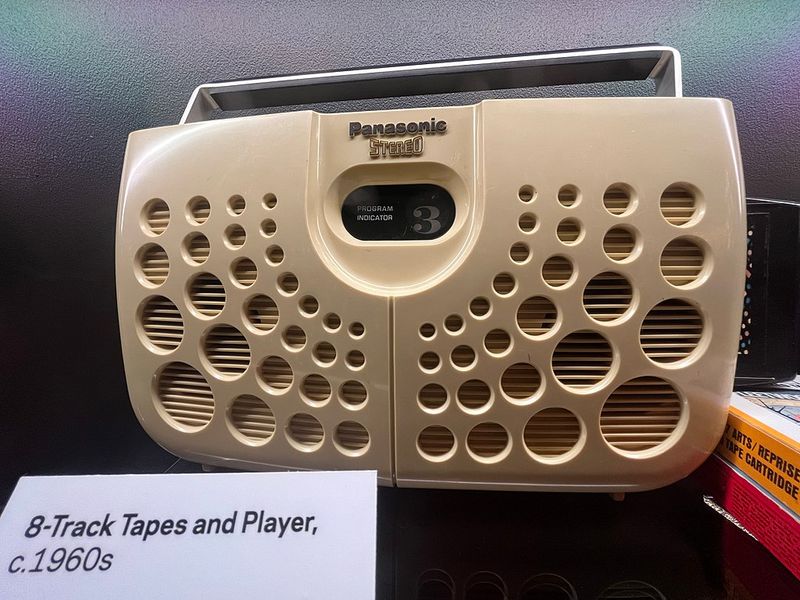
Picture cruising down the highway with your favorite album looping endlessly through chunky cartridges. The 8-track dominated car dashboards and home stereos throughout the groovy seventies, despite its annoying habit of switching tracks mid-song.
By the early 1980s, cassettes swooped in and stole the show. Today, finding a working 8-track player feels like discovering buried treasure from a funkier timeline.
3. Sony Betamax VCR
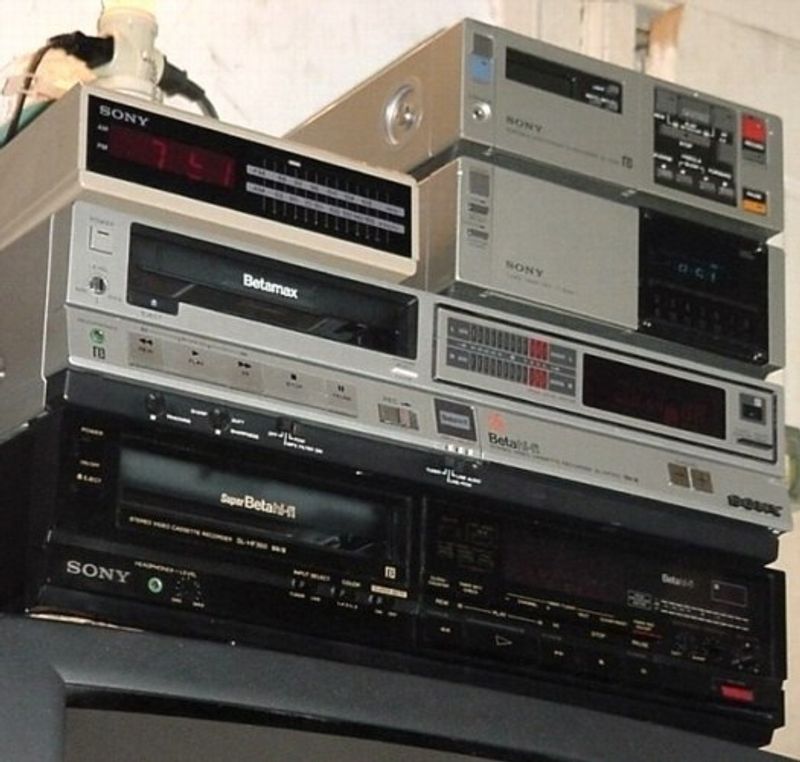
Sony launched Betamax in 1975, convinced their superior picture quality would conquer the home video market. Spoiler alert: VHS won the format war despite technically inferior technology, proving marketing beats engineering sometimes.
Betamax production limped along until 2016 in Japan, long after most Americans forgot it existed. Collectors now treasure these sleek machines as symbols of technological what-ifs and corporate miscalculations.
4. LaserDisc Player
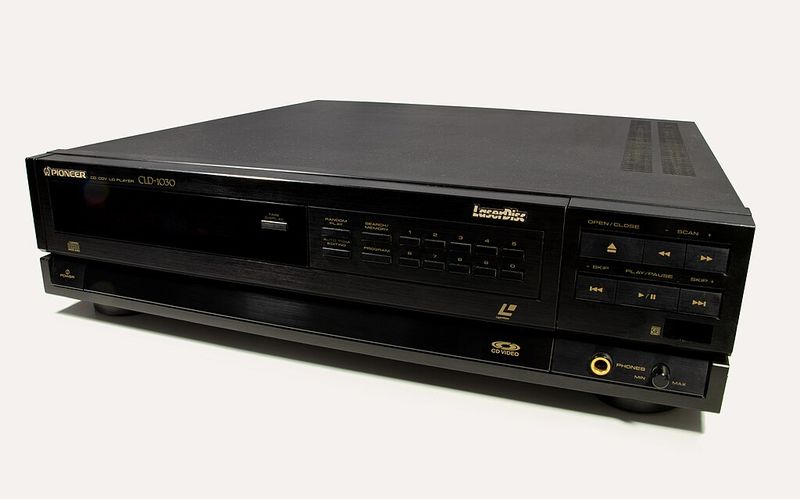
Imagine DVDs ate their Wheaties and grew to the size of vinyl records. LaserDiscs offered movie buffs superior audio and video quality decades before Blu-ray, though you needed serious shelf space and deep pockets.
Pioneer stopped manufacturing players in 2009, closing the book on this niche format. Film enthusiasts still hunt for LaserDisc versions of movies with unique director commentaries unavailable anywhere else.
5. VHS VCR
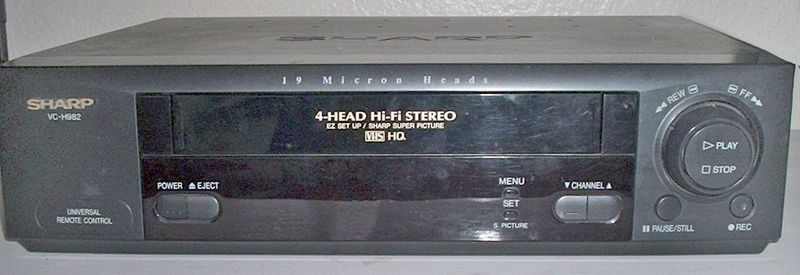
Friday nights meant racing to Blockbuster before the good movies vanished from shelves. VHS tapes and their boxy players ruled entertainment centers for nearly three decades, rewinding our favorite scenes until the tape wore thin.
The last VCR rolled off production lines in 2016, decades after DVDs declared victory. However, thrift stores still overflow with these clunky time machines and mountains of unwatched workout tapes.
6. MiniDisc Deck
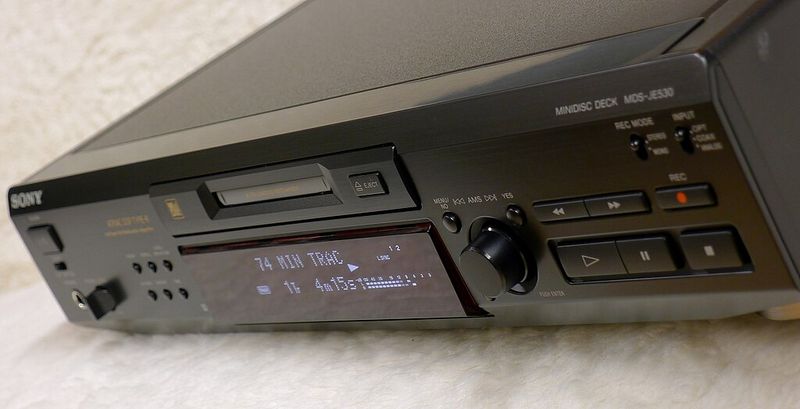
Sony bet big on MiniDiscs in the 1990s, offering a rewritable alternative that fit in your pocket. Audiophiles loved editing tracks and creating custom mixes without tape hiss, but most consumers shrugged and kept burning CDs.
Production ceased around 2013, making MiniDisc a footnote in audio history. Japanese radio stations kept using them long after everyone else moved on, proving some technologies refuse to die quietly.
7. Western Electric Rotary Phone Model 500
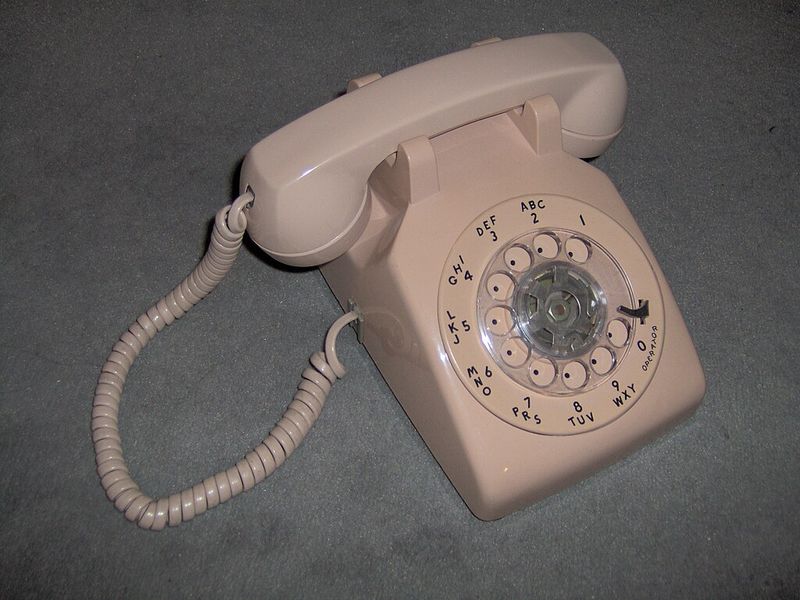
That satisfying zzzzzip sound as the dial spun back after each number felt oddly therapeutic. The Model 500 weighed enough to double as a home defense weapon and lasted longer than most marriages, built when planned obsolescence seemed ridiculous.
Production ended in 1984 after millions rolled out since 1949. Hipsters now pay premium prices for these indestructible relics that actually work during power outages, unlike modern cordless phones.
8. IBM Selectric Typewriter
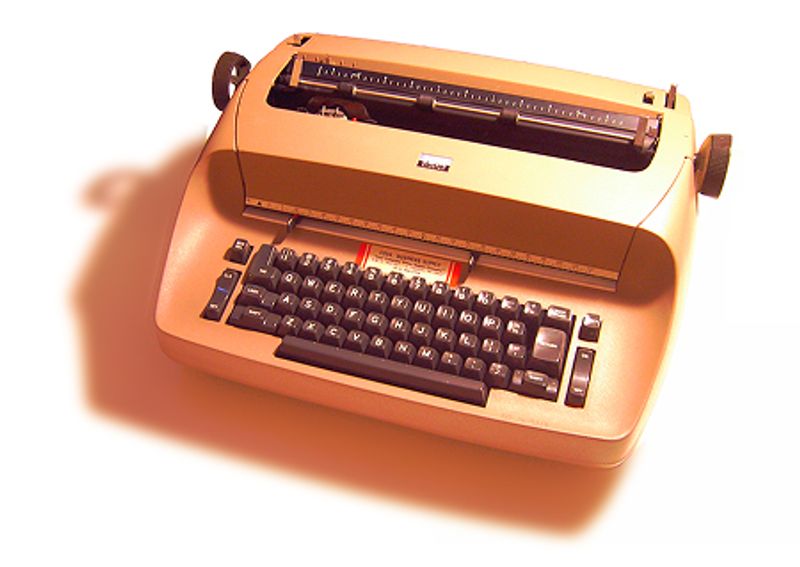
Writers once fell head over heels for the IBM Selectric, a machine that hummed with purpose and smelled faintly of ink and ambition.
Its spinning “golf ball” danced across paper with grace, turning every keystroke into music. Swapping fonts felt futuristic, almost magical. By 1986, the melody faded to silence, replaced by computers, yet collectors still chase that smooth rhythm and satisfying clack of creative history.
9. Sony Walkman TPS-L2
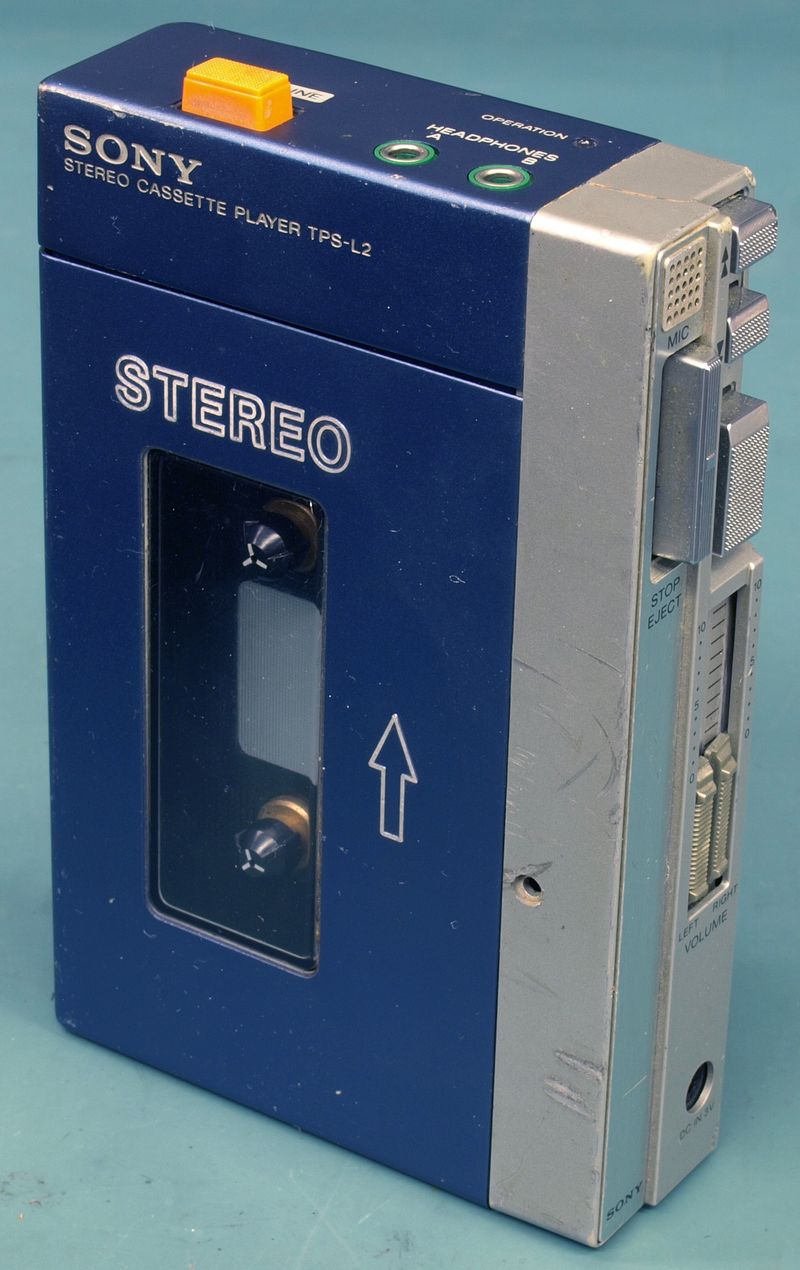
Music went mobile when Sony dropped the TPS-L2 in 1979, letting joggers soundtrack their runs and commuters escape subway chaos. That distinctive blue and silver design became as iconic as the mixtapes people carried everywhere in jacket pockets.
Though Sony still uses the Walkman name, the original cassette players vanished by the late 2000s. Guardians of the Galaxy sparked renewed interest, reminding everyone how cool analog portability once felt.
10. Polaroid SX-70 Camera
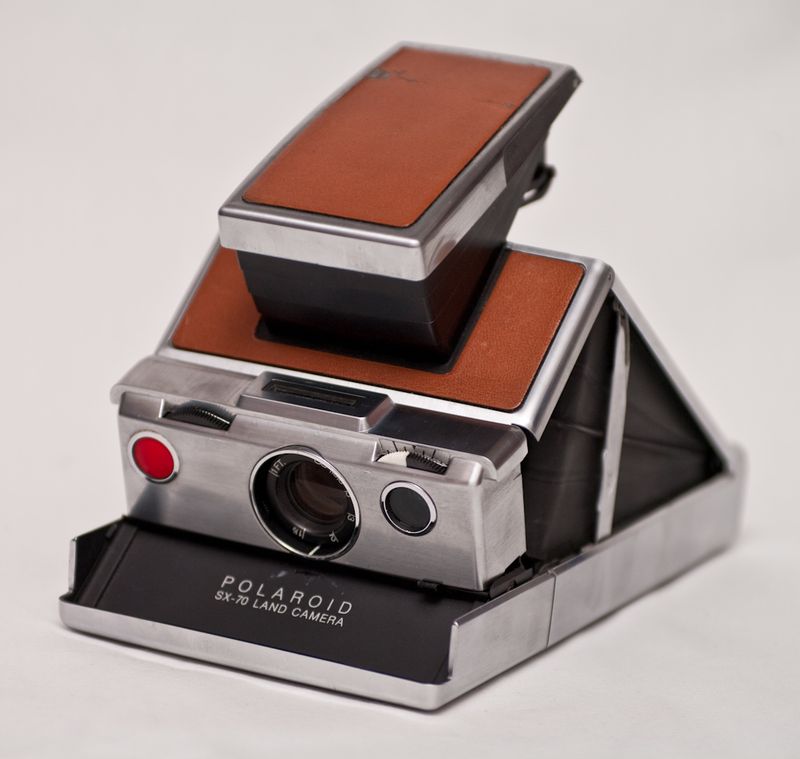
Watching photos develop before your eyes felt like witnessing actual sorcery. The SX-70 folded flat like a futuristic gadget from a spy movie, and its instant gratification made waiting for drugstore prints seem barbaric by comparison.
Polaroid stopped making the SX-70 in the 1980s, though instant photography never truly died. Retro-loving photographers now pay collector prices for working models and hunt for expired film packs online.
11. Reel-To-Reel Tape Recorder
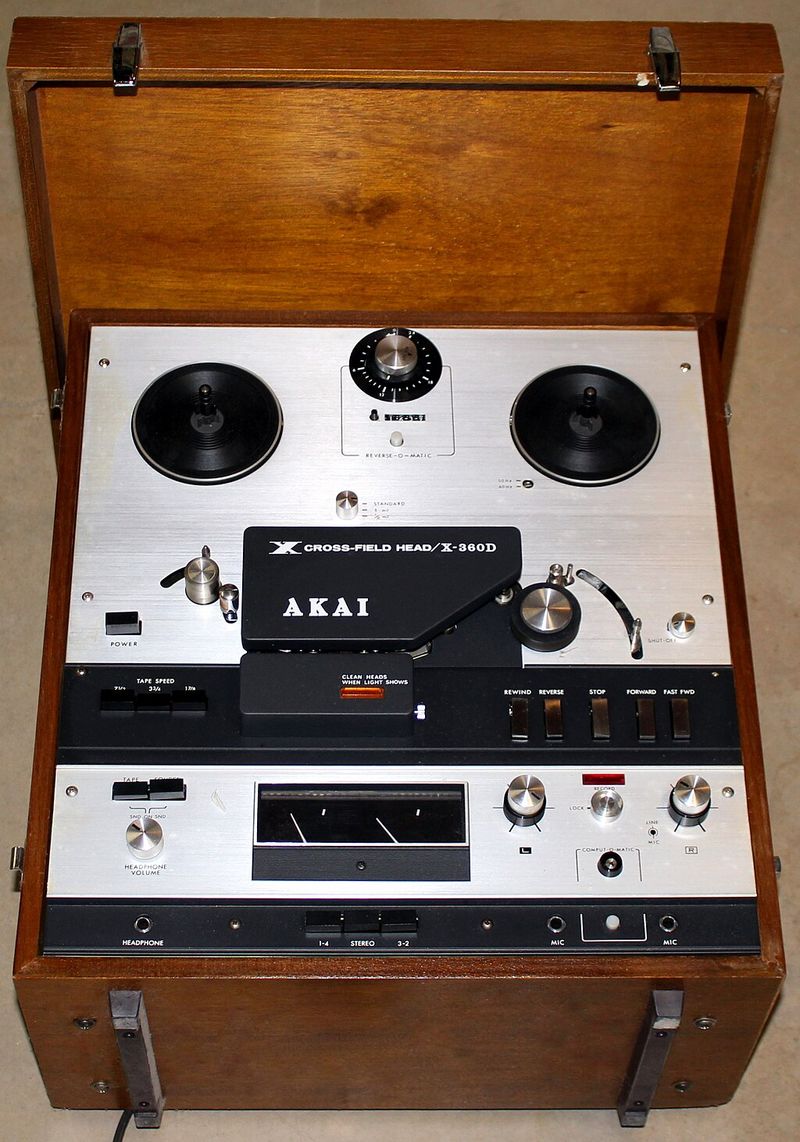
Reel-to-reel recorders once ruled living rooms, their spinning wheels whispering with precision and pride. Audiophiles hunched over Akai X360Ds, breathing in that warm scent of tape and ozone while chasing perfect sound.
Each reel carried soul, every hiss a heartbeat of authenticity. By the ’80s, convenience killed the craft – cassettes took over, but purists still chase that deep, buttery tone only magnetic tape ever truly captured.
12. Sony Trinitron CRT Television
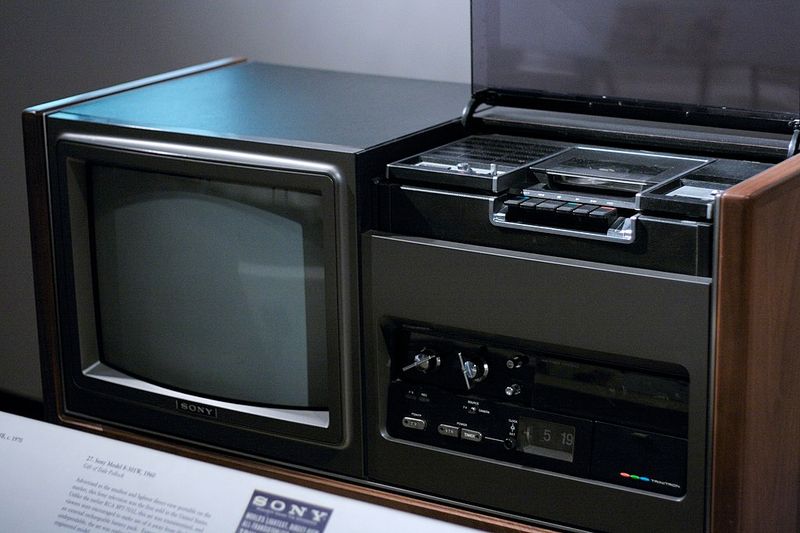
Sony Trinitrons ruled living rooms for decades, their aperture grille technology delivering sharper pictures than competing tube TVs. Gamers especially loved them for zero input lag, though moving one upstairs required serious muscle and questionable life choices.
Flat screens murdered CRT production by 2008, making these chunky monsters instant dinosaurs. Retro gaming communities now hoard working Trinitrons, insisting classic games look wrong on modern displays without that nostalgic scan-line glow.
13. Iomega Zip Drive
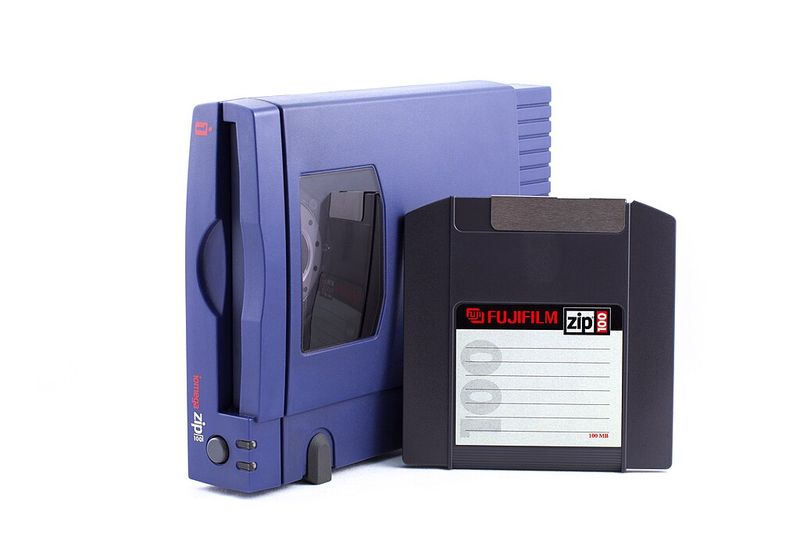
When floppy disks felt pathetically small, Zip drives swooped in offering 100 whole megabytes on cartridges that looked like floppies on steroids. Designers and photographers embraced them for shuttling large files before email attachments and cloud storage existed.
Production ended around 2003 as CD burners became standard and USB drives emerged. The dreaded click of death haunted many Zip drives, corrupting disks and earning Iomega a reputation for unreliability.
14. View-Master Stereoscope Viewer
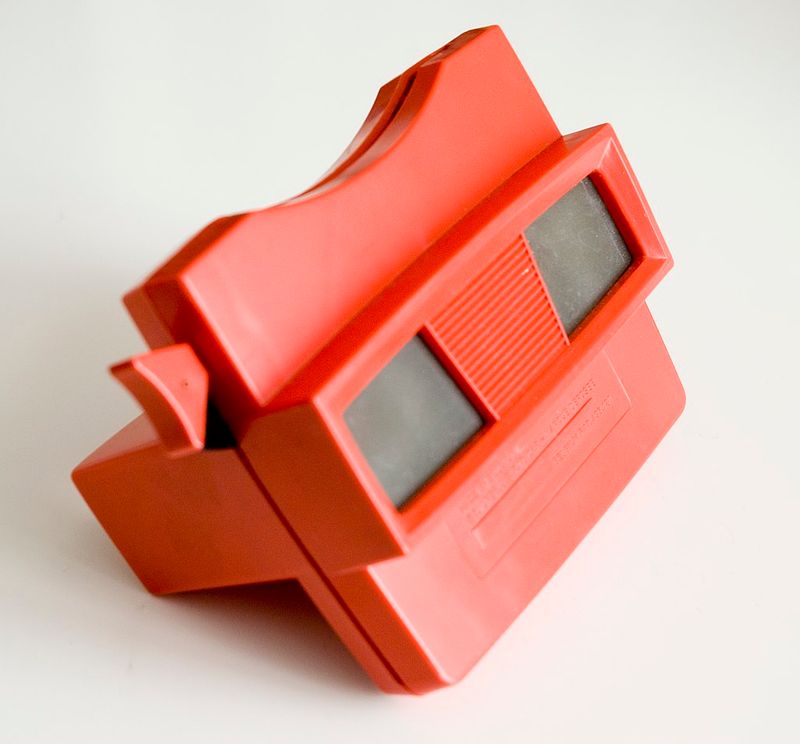
Childhood once came with two tiny windows to the world.
View-Masters clicked softly as kids gasped at glowing images of jungles, castles, and cartoon heroes. The scent of warm plastic and imagination filled living rooms while reels spun stories brighter than TV screens.
GAF’s beloved models vanished decades ago, but collectors still chase those vivid slides – miniature time machines capturing wonder frame by frame.
15. Super 8 Home Movie Projector
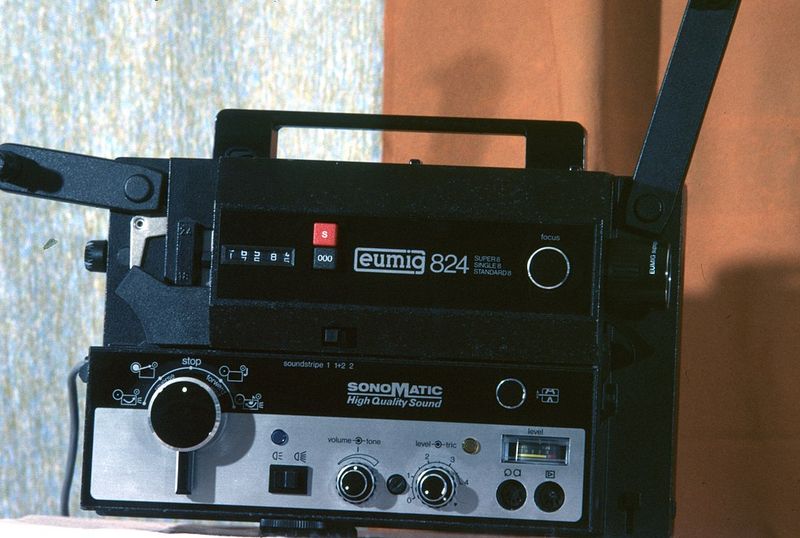
Family movie nights meant threading film through tiny sprockets while praying nothing jammed. The Eumig 824 projected grainy birthday parties and vacation highlights onto living room walls, immortalizing awkward haircuts and questionable fashion choices forever.
Camcorders killed Super 8 projectors by the late 1980s, offering instant playback through TVs. Hipster filmmakers now shoot on Super 8 for that authentic vintage grain, though finding working projectors requires serious treasure hunting skills.
16. Daisy-Wheel Printer
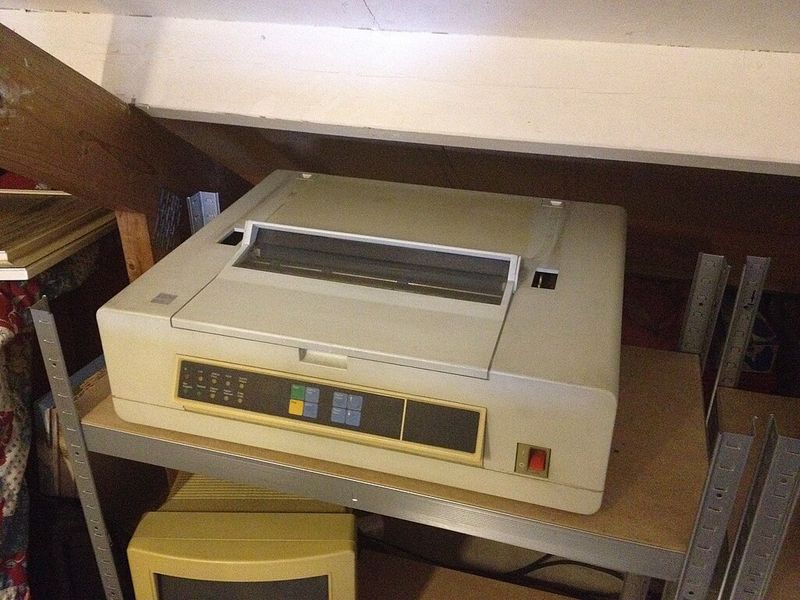
Before inkjets sprayed pages silently, daisy-wheel printers hammered out documents one character at a time, sounding like angry typewriters having meltdowns. Offices tolerated the racket because the print quality rivaled professional typesetting, perfect for important correspondence and resumes.
Laser and inkjet printers obliterated daisy-wheels by the early 1990s, offering speed and silence. Nowadays, hearing that distinctive clatter would probably trigger noise complaints and workplace wellness interventions about stress levels.
17. 25-Inch Floppy Disk
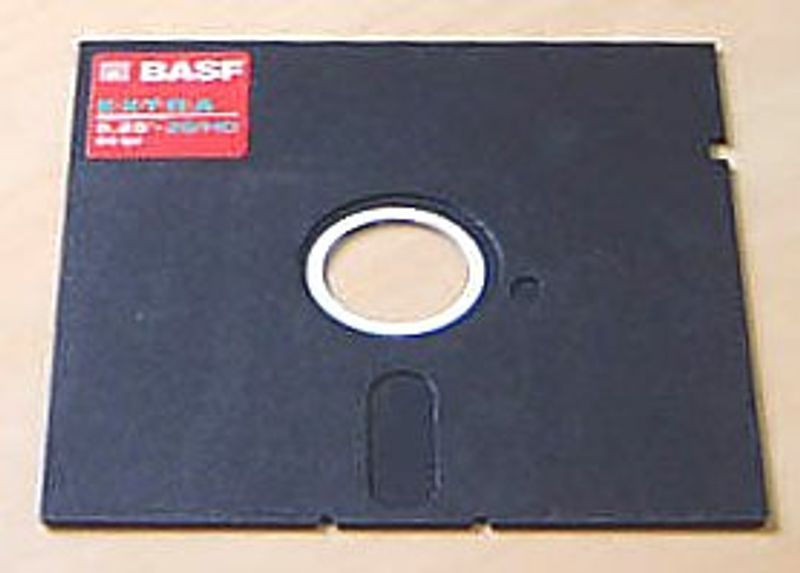
Actually floppy unlike their smaller successors, these square storage wonders held a whopping 360 kilobytes when they debuted. Kids today cannot fathom needing multiple disks to install programs, swapping them like dealing cards while installation bars crawled across screens.
The 3.5-inch disk murdered its bigger sibling by the early 1990s, offering durability and capacity in smaller packages. Museums now display 5.25-inch floppies as historical artifacts, explaining to confused teenagers what save icons originally represented.
18. Sony Discman D-50
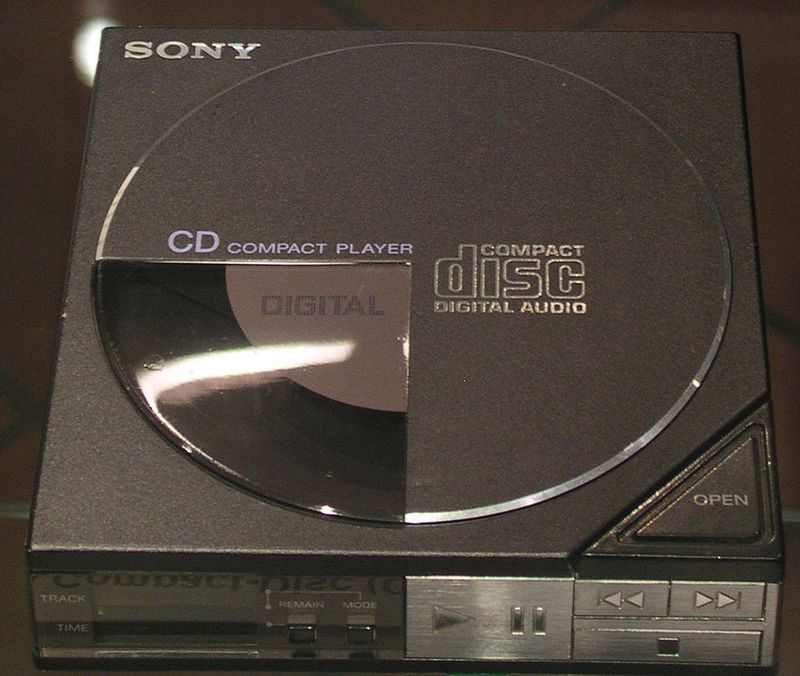
Sony revolutionized portable music again with the D-50 in 1984, bringing CD quality to joggers who quickly discovered that skipping issues made running soundtracks hilariously frustrating. Anti-skip technology arrived later, but early adopters suffered through rhythmically interrupted tunes.
MP3 players and iPods eventually crushed Discman sales by the mid-2000s. Thrift stores overflow with abandoned Discmans, their owners having traded physical media for infinite digital libraries that fit inside pocket-sized rectangles.
19. Atari 2600 Game Console
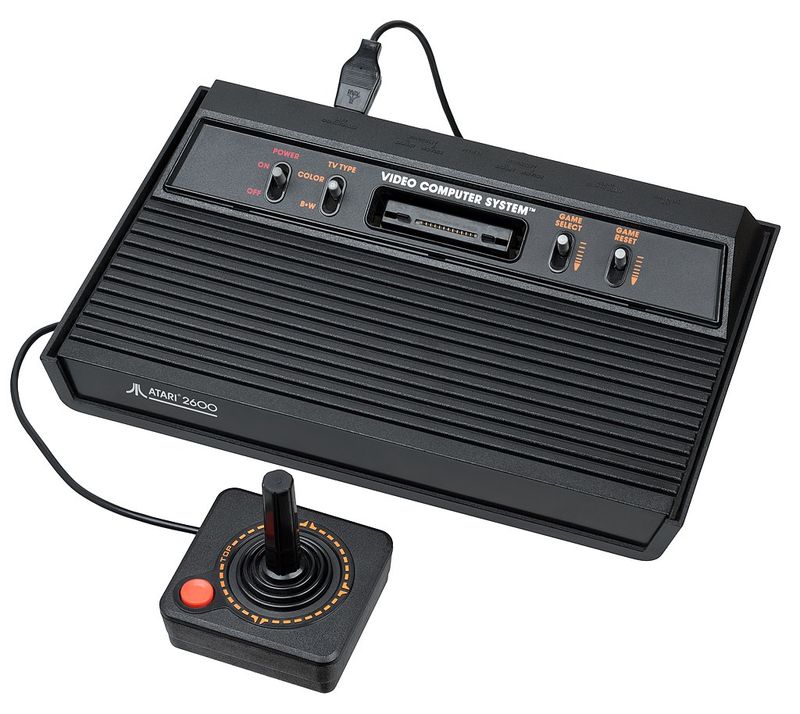
Blocky graphics and simple beeps launched the home gaming revolution when Atari dropped the 2600 in 1977. Kids pumped quarters into arcade machines, then begged parents for home versions, forever changing how families spent evenings together and apart.
Production ended in 1992 after competitors offered superior graphics and gameplay. Retro gaming communities now treasure working 2600s, hosting tournaments where pixelated adventures remind everyone that fun never required photorealistic graphics or complicated button combinations.
20. Overhead Projector
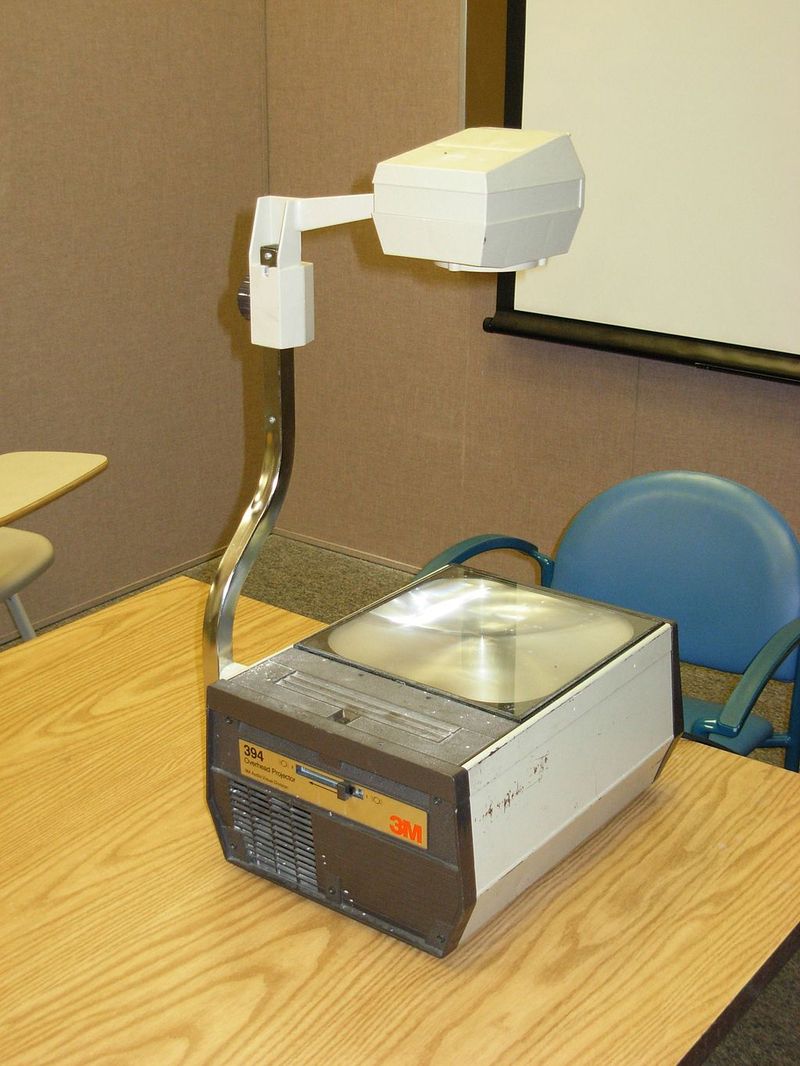
Teachers everywhere wielded dry-erase markers on transparent sheets, projecting lessons onto walls while students squinted through glare. That distinctive whirring fan and bright lamp defined classroom ambiance for generations, along with the occasional upside-down transparency that sparked giggles.
Digital projectors and smartboards rendered overhead projectors obsolete by the 2010s. Schools donated mountains of them to surplus sales, where nostalgic teachers occasionally rescue one for old times sake and simpler presentation days.



